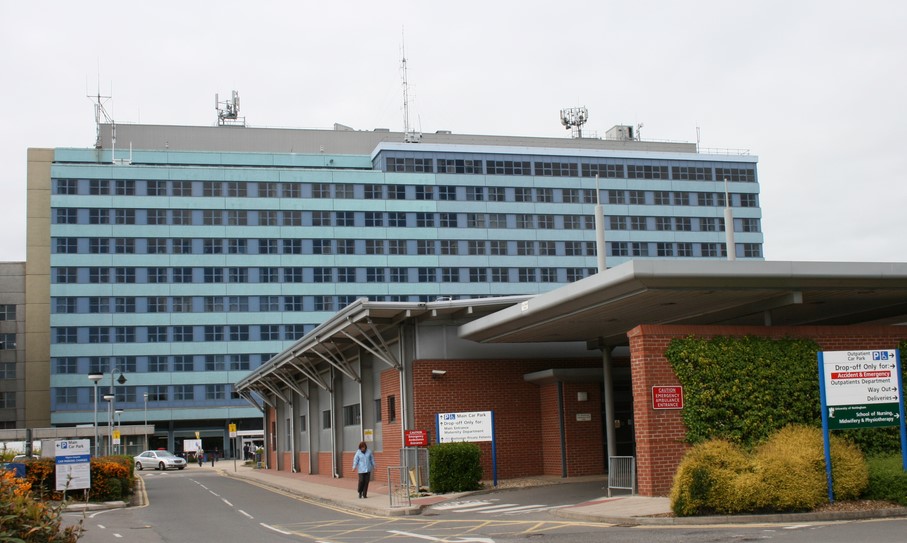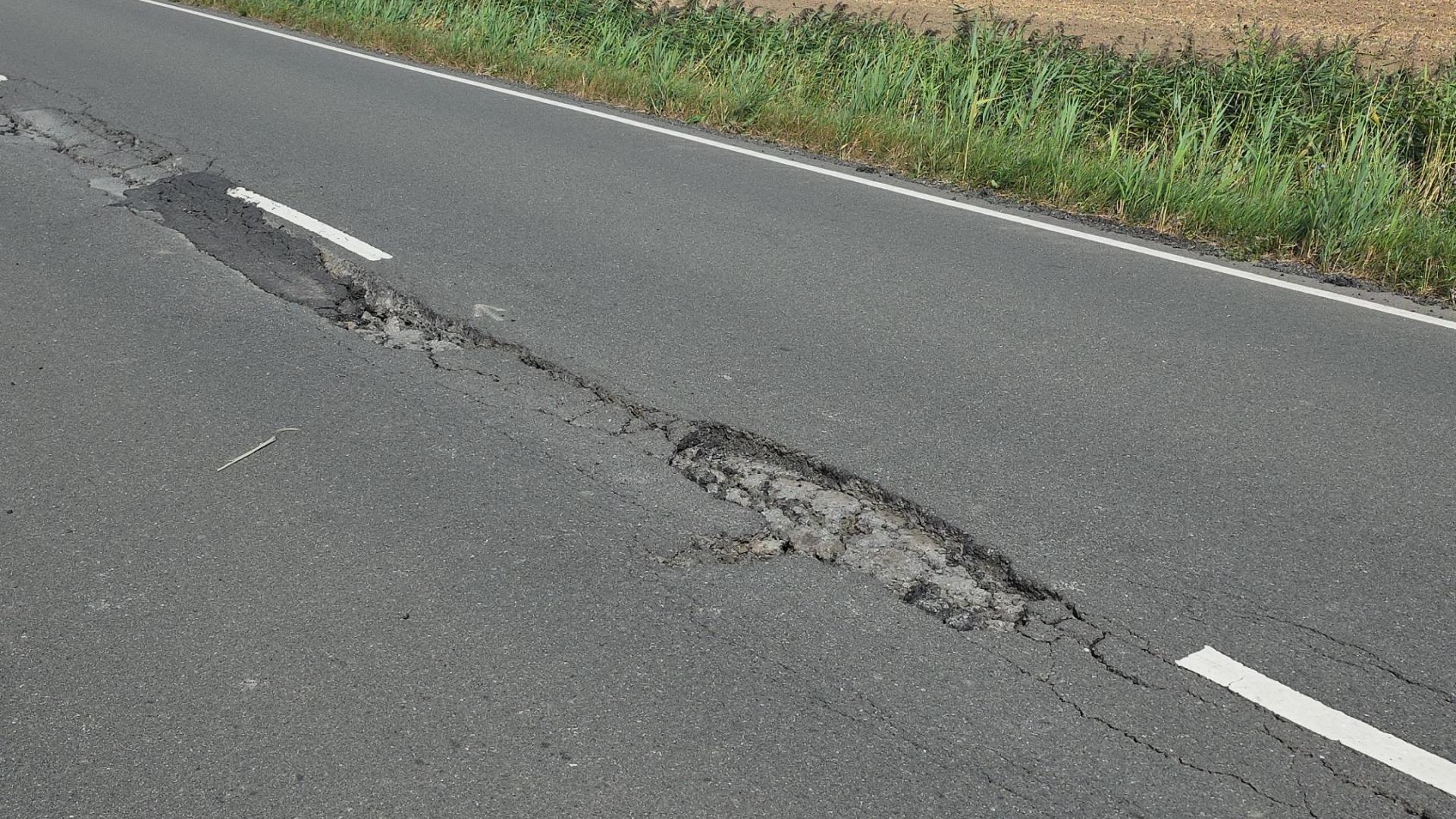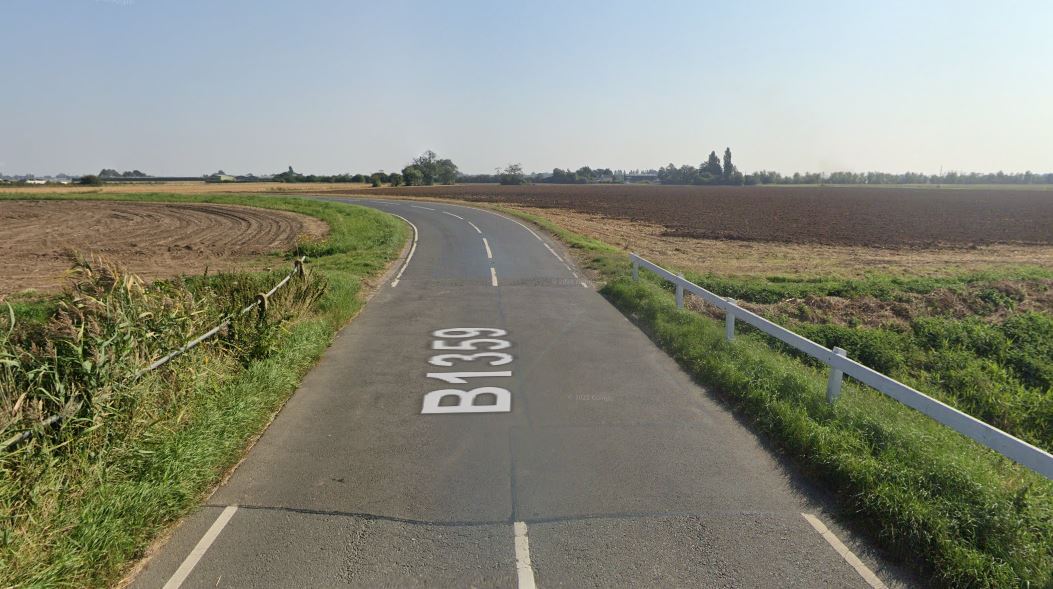A new climate change strategy is being rolled out across South Holland which aims to be in a partnership at the forefront of a reducing carbon emissions.
The South and East Lincolnshire Climate Action Network (SELCAN) is being established to work towards a net zero ambition.
Members of South Holland District Council’s Cabinet will be asked to accept the strategy when it meets on Tuesday.
The strategy is for the area also covered by East Lindsey and Boston councils, which had started the process before South Holland joined to create the new South East Lincolnshire Councils Partnership.
In South Holland only 14 people responded to the public consultation on the subject which was held for four weeks during January. East Lindsey and Boston had a total of 55 during their five-week consultation.
They also held two workshops which were ‘well received.’
A total of 15 people attended an online webinar held for South Holland.
Across all areas of consultation there was feedback that there was no timeline and the strategy now has some indicative time scales.
According to the report to go before the Cabinet, the strategy would send a ‘clear message both locally and nationally that they are committed to playing their part in tackling the challenges climate change presents. Success cannot be achieved in isolation.’
According to statistics in the report, South Holland’s emissions have reduced by 25.8 per cent between 2005 and 2019. The largest contributing sectors are transport, housing and land use change and forestry.
Using a scale established via the Inter-governmental Panel on Climate Change, South Holland has a total carbon budget of 3.5 megatonnes which would mean reducing current emissions by an average of 11.4 per cent each year – the highest out of all three district councils.
A number of key partners will also work with the SELCAN team to provide cross-sector input.
Transport is a big issue in terms of producing carbon, but the report says: “The rural nature of the region means there is limited travel connectivity . . . and many towns are poorly served by public transport. This will make decarbonising transport a challenging task.”
Across all sectors, energy is the biggest source of emissions ‘Whether through the heating of private or public sector property or through energy usage as part of industrial and commercial premises’.
A lengthy Strategic Action Plan has been drawn-up for the network, including key areas of education, innovation and people.
Among them is the need to support farmers to enable less-productive land to be used for environmental schemes and to develop an electric vehicle plan for the area. It also wants to reduce water consumption and introduce a Carbon Charter Awards Scheme.
There will also be a five-year communications plan so the area is ‘recognised as an exemplar in how everyone is working together to achieve the net zero ambitions’.







